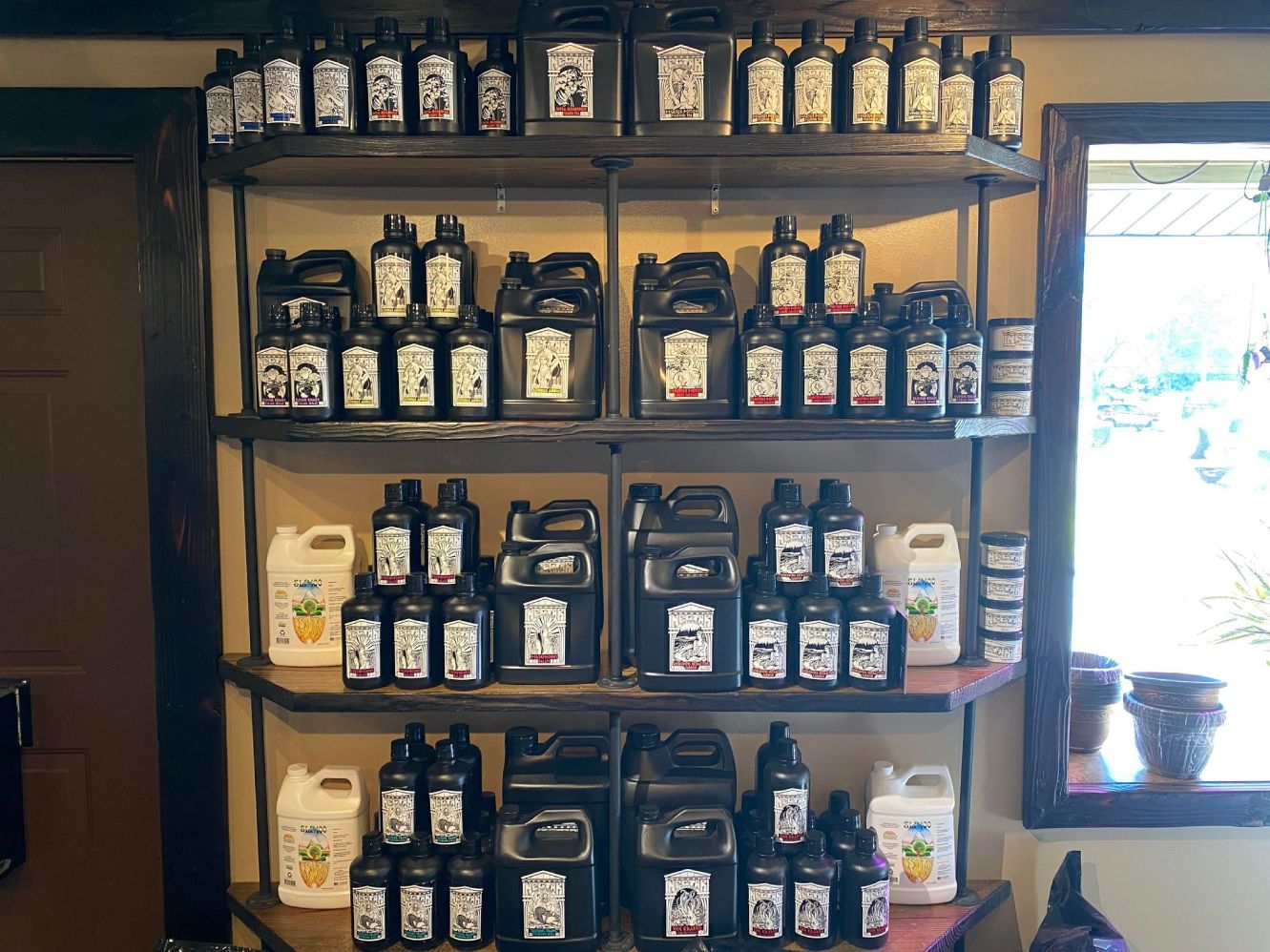Harnessing the Power of Hydroponics: a Deep Study Uses and Various Kinds
In the world of modern agriculture, hydroponics has actually become an approach that tests standard farming practices by providing a space-saving and water-efficient choice. The application of hydroponic systems opens a world of opportunities for cultivating plants in varied environments, eventually influencing food production and sustainability. As we navigate with the detailed landscape of hydroponics, exploring its different types and applications, a much deeper understanding of its prospective to change farming techniques and address worldwide food safety and security issues begins to unravel.
Advantages of Hydroponic Farming
Hydroponic farming provides many advantages over typical soil-based agriculture. One of the main advantages is water effectiveness; hydroponic systems make use of up to 90% less water compared to standard farming techniques.
Furthermore, hydroponic farming permits better control over nutrient levels, leading to faster plant growth and greater yields. By providing necessary nutrients straight to the plant origins, hydroponic systems promote healthier and more robust plant development. Furthermore, the regulated setting of hydroponic systems reduces the threat of pests and diseases, lowering the demand for unsafe pesticides and herbicides.

Usual Kinds of Hydroponic Equipments
One widespread type is the Deep Water Culture (DWC) system, where plant roots are submerged in a nutrient option. The Ebb and Circulation system, also understood as Flood and Drain, periodically floodings the plant origins with nutrient solution before draining it. Wick systems, the easiest kind of hydroponics, use a wick to passively supply nutrition option to the plant origins.
Nutrient Film Strategy (NFT) System

Among the essential advantages of the NFT system is its water efficiency. The Indoor Earthworm. Given that the nutrient service is recirculated in a closed system, this technique utilizes considerably much less water contrasted to conventional dirt farming. Additionally, the NFT system is space-efficient, making it ideal for interior farming or in areas with restricted room for conventional farming
However, the NFT system needs mindful monitoring and maintenance to make certain the continuous flow of water and nutrients. Any kind of interruption in the flow can quickly influence plant health. In general, the NFT system provides a sustainable and efficient method to grow plants hydroponically, particularly for plants that prosper in well-oxygenated root settings.
Deep Water Society (DWC) System
Moving from the Nutrient Movie Method (NFT) system, the Deep Water Society (DWC) system is a hydroponic approach that involves putting on hold plant origins directly in a nutrient option. Unlike NFT, where roots are continually exposed to a slim film of nutrient option, DWC plants have their roots immersed in a reservoir loaded with aerated nutrition water. The roots dangle in the nutrient remedy, enabling straight uptake of water and necessary nutrients.
Among the crucial advantages of the DWC system is its simplicity and reduced maintenance demands. The consistent accessibility to oxygen and nutrients advertises fast growth and greater yields. DWC systems call for appropriate oygenation to avoid origin rot and make sure optimum nutrient absorption. Normal tracking of pH levels and nutrient concentrations is essential to stop inequalities that could harm plant health and wellness.
Aeroponic System
An ingenious method in hydroponics cultivation, the Aeroponic System uses a misting or misting system to supply nutrients straight to plant origins put on hold in the air. This system is understood for its ability to advertise quick development and reliable nutrient uptake due to the straight delivery of nutrients to the origins, allowing the plant to focus its energy on growth rather than looking for nutrients.
One of the crucial benefits of aeroponics is its water effectiveness, as the system utilizes significantly much less water contrasted to standard soil-based growing techniques. Furthermore, the accurate delivery of nutrients straight to the origins can lead to greater yields and faster growth rates. While aeroponics can be much more complex to establish up and preserve compared to various other hydroponic systems, its possibility for enhanced plant growth and effectiveness makes it a popular check it out selection for business cultivators and hydroponic fanatics seeking optimum results.
Conclusion
To conclude, hydroponic farming offers many advantages and different sorts of systems to select from. The Nutrient Movie Technique (NFT) system, Deep Water Culture (DWC) system, and Aeroponic system are among one of the most typical methods made use of in hydroponics. Each system has its very own benefits and restrictions, making it important for farmers to thoroughly consider their demands and choices before selecting one of the most appropriate system for their crops.
Unlike various other hydroponic systems where plants are immersed in visit here a nutrient service, in the NFT system, the origins are subjected to the water only in a superficial movie.Relocating from the Nutrient Movie Method (NFT) system, the Deep Water Culture (DWC) system is a hydroponic approach that includes suspending plant origins directly in a nutrient solution.A cutting-edge technique in hydroponics cultivation, the Aeroponic System makes use of a misting or misting system to provide nutrients directly to plant origins suspended in the air. The Nutrient Movie Technique (NFT) system, Deep Water Culture (DWC) system, and Aeroponic system are amongst the most common approaches used in hydroponics. Each system has its very own advantages and restrictions, making it you can try here necessary for farmers to meticulously consider their demands and preferences before choosing the most appropriate system for their plants.